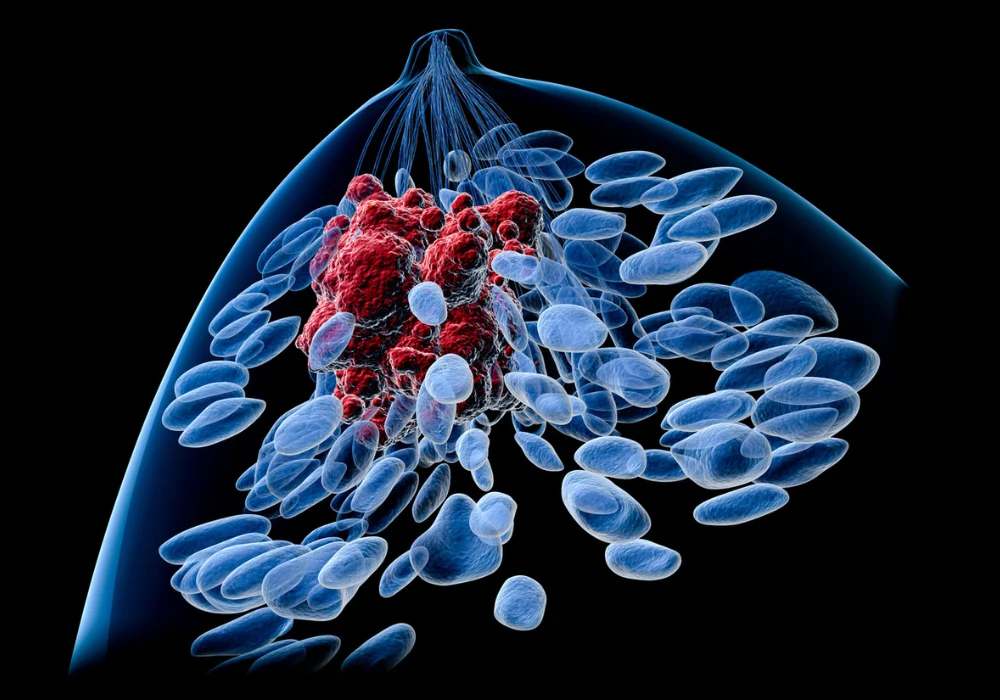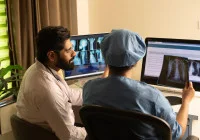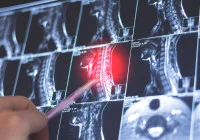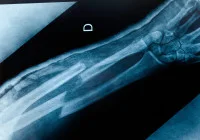Women with extremely dense breast tissue face an elevated risk of breast cancer, alongside decreased mammographic sensitivity. While supplemental magnetic resonance imaging (MRI) has proven effective in detecting cancers in this population, conventional full-protocol MRI examinations are time-consuming and resource-intensive. To address this, researchers from the Dense Tissue and Early Breast Neoplasm Screening (DENSE) trial conducted a multireader diagnostic study to assess whether abbreviated MRI protocols could match the diagnostic accuracy of the full protocol while significantly reducing both scan and reading time.
Comparing Protocols for Accuracy
The study involved 518 MRI scans from women with extremely dense breasts and negative findings on mammography. Seven experienced radiologists independently evaluated each scan in four incremental steps, ranging from a highly abbreviated protocol to the complete full multiparametric MRI. The abbreviated protocol included only early post-contrast T1-weighted sequences acquired within 120 seconds after contrast injection. Subsequent steps added diffusion-weighted imaging, T2-weighted imaging and delayed contrast-enhanced images with enhancement curve kinetics.
Across all readers, the abbreviated protocol demonstrated sensitivity of 84.3 percent and specificity of 73.9 percent, closely matching the full protocol’s sensitivity of 85.9 percent and specificity of 75.8 percent. These results were consistent regardless of cancer type, whether invasive or ductal carcinoma in situ. The diagnostic accuracy did not significantly improve with the addition of extra sequences. This suggests that the minimal protocol is sufficient for identifying cancers in a screening population of asymptomatic women with extremely dense breasts.
Improving Efficiency without Compromising Care
The potential advantages of abbreviated MRI are most evident in terms of time savings. The average reading time for the shortest protocol was just under 50 seconds, compared with over 96 seconds for the full protocol. Scanning time was also significantly reduced—by 70 to 80 percent—depending on the imaging system and site. These reductions could allow many more women to be screened in the same amount of time, improving throughput in screening programmes and lowering costs.
Importantly, interobserver agreement among the seven radiologists remained stable across all four protocol steps. Agreement rates ranged between 52.6 and 55.4 percent, with Fleiss kappa coefficients indicating moderate agreement. This consistency suggests that reducing the number of sequences did not negatively affect radiologist consensus. In practical terms, this means abbreviated protocols are unlikely to increase diagnostic variability or compromise clinical confidence.
Must Read: Bridging the Gap: MRI Screening for Dense Breasts in Europe
These findings challenge the notion that additional sequences, such as T2-weighted or diffusion-weighted imaging, necessarily add value in a screening setting. Previous studies that found benefits from these sequences often involved patients with known or larger lesions, rather than the smaller, subtler findings typical of population screening. The DENSE trial’s focus on first-round screenings among asymptomatic women offers a more applicable scenario for real-world implementation.
Clinical and Operational Implications
The results carry important implications for national screening strategies. The use of abbreviated MRI could help overcome logistical and economic barriers that have historically limited the broader adoption of MRI in breast cancer screening. This approach aligns with the recommendations of both the European Society of Breast Imaging and the American College of Radiology, which advocate for MRI use in women with extremely dense breast tissue.
Shorter scan and interpretation times could also improve patient experience. MRI is known to cause discomfort due to long examination durations and high noise levels. Reducing these factors may enhance tolerance and encourage higher participation in repeat screening rounds. Moreover, the improved efficiency could allow healthcare systems to manage screening demand more effectively, particularly in regions facing capacity constraints.
While this study was retrospective in nature and involved a complex case mix, its findings are bolstered by the rigorous multireader design and use of prospectively acquired data from the DENSE trial. A prospective multicentre trial is already underway to validate these results in a real-world screening environment. If confirmed, the findings may support a shift towards more streamlined, patient-friendly breast cancer screening protocols.
The study demonstrated that an abbreviated MRI protocol can provide diagnostic accuracy comparable to the full multiparametric approach when screening women with extremely dense breasts. With nearly half the reading time and significantly shorter scanning durations, the abbreviated protocol offers a practical solution to expand access, reduce costs and maintain high-quality care in breast cancer screening. As evidence mounts, abbreviated MRI may become a cornerstone of future screening programmes tailored to women most at risk.
Source: Radiology
Image Credit: iStock










